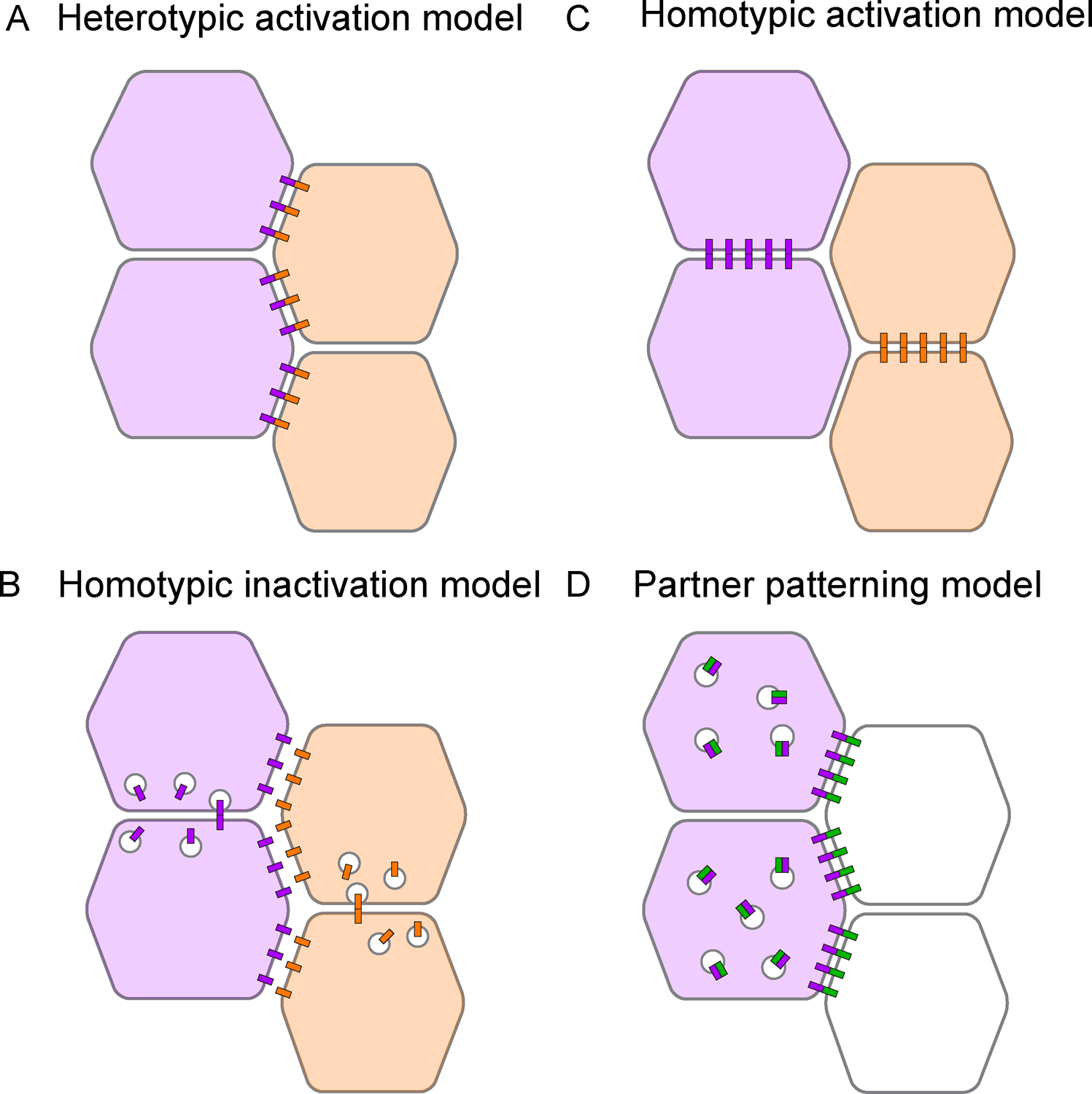Figure 4. Models for how striped Toll receptors generate planar polarity.

(A) In a heterotypic activation model, trans interactions between cells expressing different Toll receptors (purple and orange) in adjacent stripes could stabilize Toll receptors at vertical interfaces. (B) In a homotypic inactivation model, trans interactions between cells expressing the same Toll receptor type could destabilize Toll receptors at horizontal interfaces. (C) In a homotypic activation model, trans interactions between cells expressing the same Toll receptor type could stabilize receptors at horizontal interfaces. (D) In a partner patterning model, a patterned Toll receptor (purple) and an unpatterned interaction partner (green) could undergo inhibitory cis interactions and stabilizing trans interactions, promoting the enrichment of the partner at vertical interfaces along the Toll stripe border.
